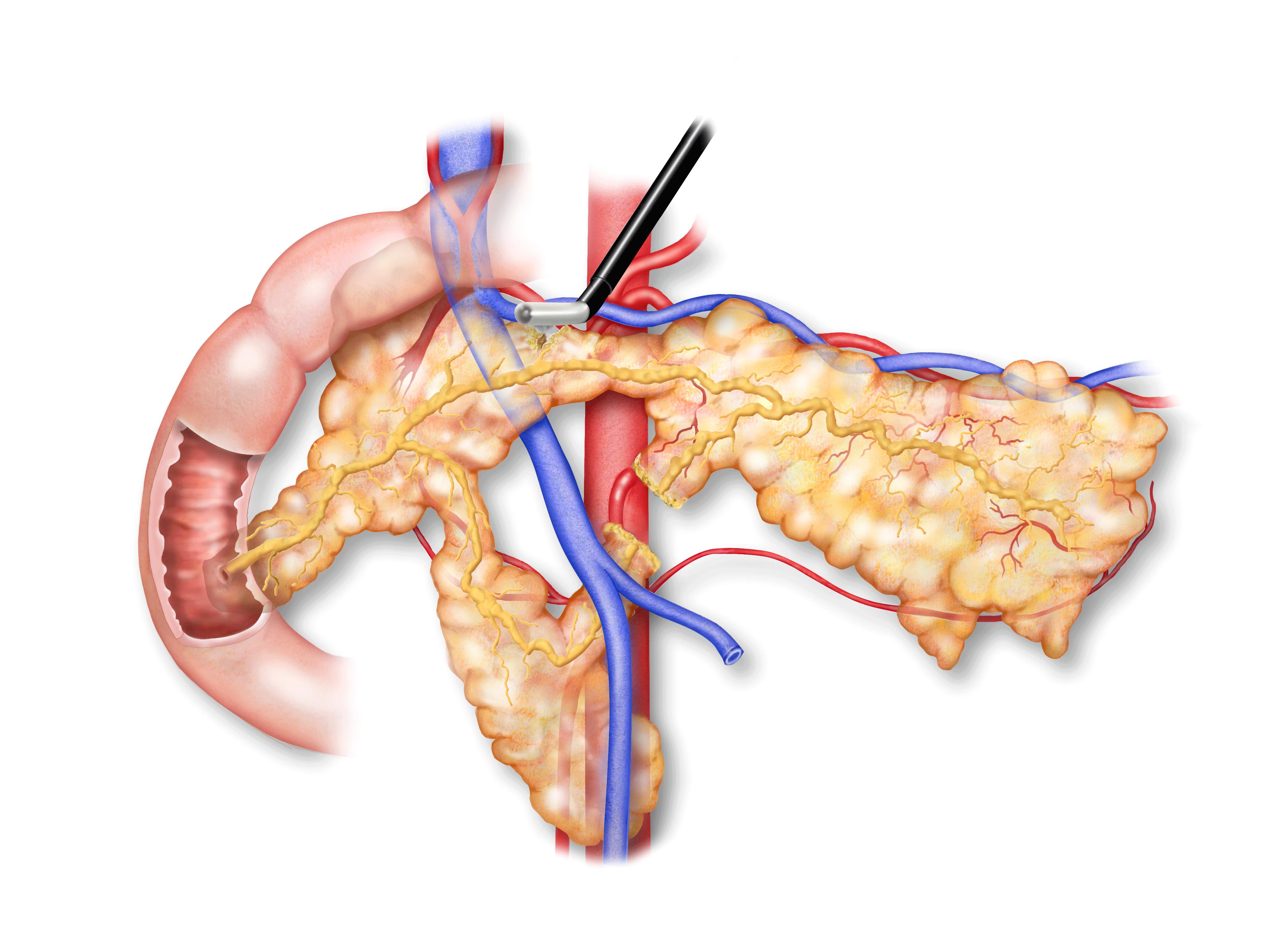
All in all, the group has become an international reference in the application of RF currents for the ablation of biological tissue (over 80 specific publications) and in the area of applying high-frequency pulses for electroporation-based therapies (over 15 specific publications).
Studies have been conducted in collaboration with international research centres such as the Mount Sinai Medical Center and School of Medicine (USA), Wellman Center for Photomedicine, Massachusetts General Hospital, Harvard Medical School (USA), Universidad Nacional de La Plata(Argentina), Universidad Autónoma de San Luis Potosí, Centre National de la Recherche Scientifique (Francia), University of California at Berkeley (USA), Memorial Sloan-Kettering Cancer Center (USA), and Sheba Medical Center (Israel).
The know-how acquired has also allowed us recently to explore other modes of ablation such as the use of microwave energy for the ablation of tumours and electrochemical reactions –with very low-magnitude currents– to sterilise biopsy instruments in-situ.
In addition, we are totally aware of the potential of nanotechnology and its possible application to the design of therapeutic systems that are able to focalise the ablative effects, while preserving the remaining healthy tissues. The potential applications would be geared towards treating disperse tumours, for instance, that are difficult to approach with the current focal ablation techniques. Although reasonable doubts persist on their clinical application, the use of nanoparticles would allow reaching these objectives. For a year now, the group has been exploring the use of metallic nanoparticles to improve the selectivity and efficiency of tumour cryoablation. In the last project application for the programme “Retos Investigación”, the group launched a proposal for a coordinate project called TEMMIS (Technologies based on electromagnetic energy for minimally-invasive surgery, Record TEC2014-52383-C3), which includes several studies on the use of nanoparticles for ablative therapies. As for electroporation, there are precedents in the use of conductive nanoparticles in extracellular mediums to increase effectiveness. Professor Rafael Davalos (an international collaborating researcher) has participated in recent in-vitro studies that have shown the cellulose-based non-conductive nanoparticles, which have the advantage of being highly biocompatible, allow reducing the electric field required for the irreversible electroporation of cancer cells. What we are doing, rather than to explore a possible increase in the effectiveness of electroporation is to study if nanoparticles in an extracellular medium could allow increasing the viability of electroporated cells. Our hypothesis is that nanoparticles, through the local increases of the electric field they cause, can create very intense electroporation areas on the membrane and that, in turn, these areas can be small enough for the cell to recover shortly after applying the pulses. This is clearly concordant with the line of developing therapeutic nanosystems.
Looking into the future (5-10 years from now), we would like our mathematical models to have a growing predictive capacity and to adapt to more realistic geometries, even specific for each patient. The advances in medical imaging techniques will be key for this, as well as the exact characterisation of the tissues involved. If we are able to combine these models based on medical images with the achievements expected from using nanoparticles, we would be on track to develop intelligent therapeutic equipment.
Concluding, we are the most active group on a national level in the field of energy-based ablative therapies. Also, on a European level, we are among the groups with a largest projection, and we are probably the most inter-disciplinary group as for the ablative modes researched (RF, electroporation, microwaves and electrochemical) and also as for the methodologies used (from numeric models to clinical trials). The field of energy-based ablative therapies does not only represent a huge potential market, but also responds to a real clinical demand, requiring research groups to collaborate and to build synergies to develop safer and more effective equipment. This could become a reality by intelligently combining predictive techniques based on computer models, advanced medical imaging techniques, minimally invasive techniques and the use of nanoparticles.
Our group has a fully active specific webpage to communicate the results:www.metablate.com

© Institut Hospital del Mar
d'Investigacions MèdiquesLegal Notice and Privacy Policy | Cookie Policy | Site Index | Accessibility | Find Us | Contact